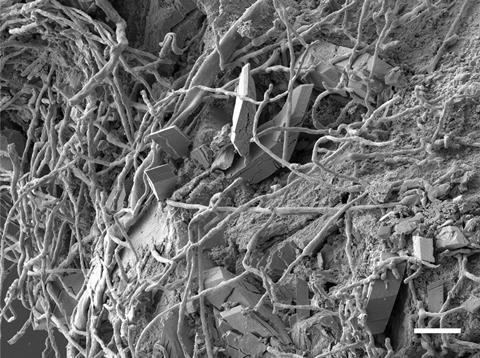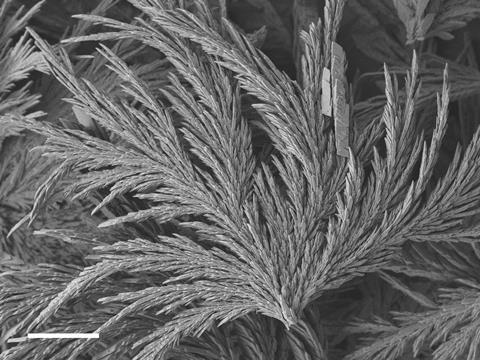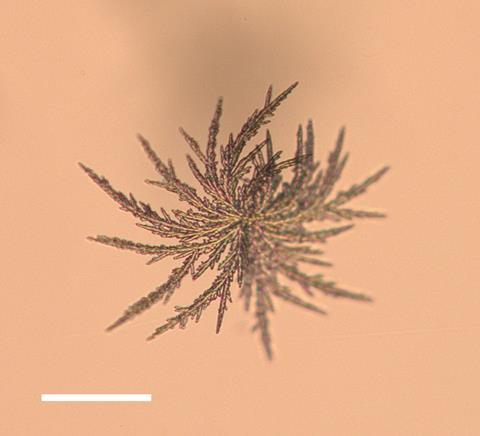Researchers have demonstrated that geoactive fungi can play a significant role in bioweathering of the phosphate mineral monazite, opening a route to biorecovery of important rare earth elements (REEs).
The study by the Geomicrobiology Group, School of Life Sciences, University of Dundee (UoD), ‘Colonization and bioweathering of monazite by Aspergillus niger: solubilization and precipitation of rare earth elements’, appears in Environmental Microbiology, an Applied Microbiology International publication.

REEs are found in multiple electronic and digital technologies, such as smartphones, computers, electric cars, and wind turbines, and are among the so-called critical or E-tech elements that power the digital age.
“However, their supply is threatened by natural source depletion, inadequate recycling, and geopolitical threats, while current extraction methods are expensive, energy-intensive, and eco-unfriendly,” said Group leader Professor Geoffrey Gadd.
“To address this issue, new sustainable and eco-friendly approaches are being explored for recovery from natural REEs-bearing ores such as monazite. This is a crucial industrial resource of such REE worldwide, and contains cerium (Ce), lanthanum (La) and neodymium (Nd).”
Dissolving minerals
The researchers investigated the ability of the soil fungus Aspergillus niger to colonize and dissolve monazite, and found that this fungus could extensively colonize and dissolve the mineral particles, releasing REEs and phosphate.
“Tunnelling and penetration by the filamentous hyphae caused aggressive biomechanical effects including splitting of the ore particles. The production of metal-complexing oxalic and citric acid resulted in REE mobilization from the mineral,” said lead author Dr Xia Kang, who carried out the experimental work.
“Oxalate production could also result in REE precipitation as oxalates which was demonstrated to be an effective means of REE biorecovery from solution.”

The findings add to the fundamental knowledge regarding direct interactions between fungi and metal-bearing minerals, with implications for REE biorecovery from natural sources, leachates, and industrial and electronic waste.
Rare earth elements
“Clearly, more research is necessary to optimise conditions for REE biorecovery and to scale up and demonstrate feasibility at industrially relevant levels,” Professor Gadd said.
“Selection and use of other fungal species with higher biotransformation properties could also enhance the efficiency of REE biorecovery. Nevertheless, fundamental scientific information gained in the laboratory is an essential prelude to future development. This work contributes to the current worldwide search for new environmentally friendly and sustainable methods to ensure the security of supply of critical elements.”

This research was led by Professor Geoffrey Michael Gadd with the experimental work being performed by Dr Xia Kang. Professor Gadd’s Geomicrobiology Group was supported by Natural Environment Research Council grants under the Security of Supply of Mineral Resources initiative. Dr Xia Kang was in receipt of a joint PhD scholarship from the School of Life Sciences, University of Dundee and the China Scholarship Council.
‘Colonization and bioweathering of monazite by Aspergillus niger: solubilization and precipitation of rare earth elements’, appears in Environmental Microbiology.







No comments yet